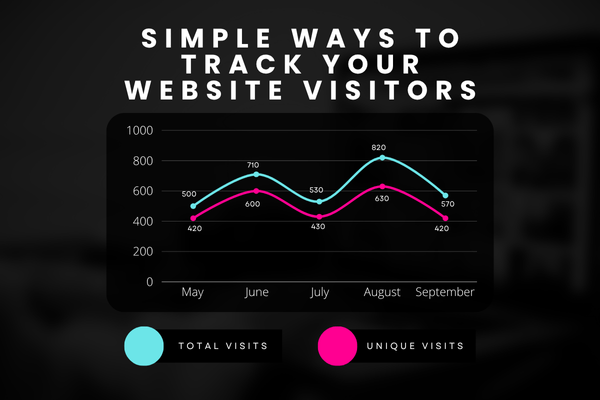The customer journey is the path a person takes from hearing about your business to becoming a customer. Knowing this path helps you see what people want, where they drop off, and how to make things smoother for them.
When someone finds your business for the first time, that’s the start of their journey. Maybe they saw an ad, found you through Google, or heard about you from a friend. This is the awareness stage. They don’t know much yet, but they’re curious.
Next comes the interest stage. They visit your website, check your products, or read your blog. They want to know more. If they like what they see, they move on to the decision stage. That’s when they think about buying or signing up.
Finally, there’s the action stage. That’s when they take the step you want, like making a payment or booking a service.
But the journey doesn’t end there. Some people come back. Some tell others about you. Others may leave and never return. If you watch what happens at each step, you can fix what’s not working.
There are tools that help you map the customer journey. Google Analytics shows you what pages people visit and how long they stay. Heatmaps show where they click. CRM systems help you track emails and calls. You can also ask people directly what made them choose you or why they left.
Understanding the customer journey also helps with content. If people often leave after reading your pricing page, maybe the message is unclear. If many return after reading your blog, maybe you should write more like it.
A good journey keeps people moving forward. It removes confusion. It makes it easy to find answers. And it builds trust at each step.
Even simple changes help. Clear headlines, short forms, fast websites, and easy payment options all make the path smoother.
If you run ads, look at where people go after they click. If they leave too soon, check if the page matches the ad. If you send emails, watch what links get clicks. These are small signals that show you what people care about.
You don’t need to track every detail. Just watch the key steps: how people find you, what makes them stay, and what stops them from buying. Over time, these patterns tell you what works best.
The customer journey is not a straight line. People move in all directions. But when you take time to follow the path, you’ll start to see what they really need.


